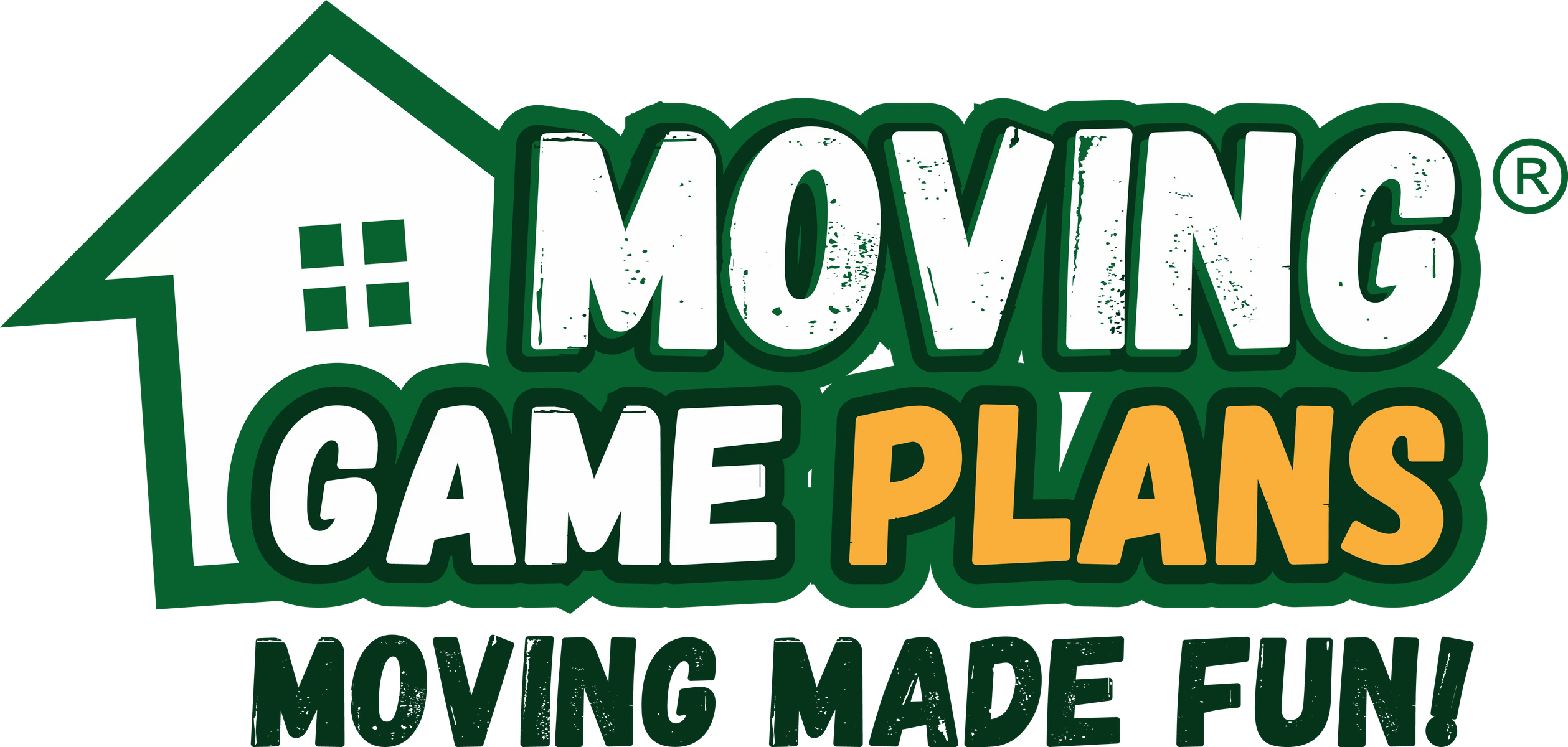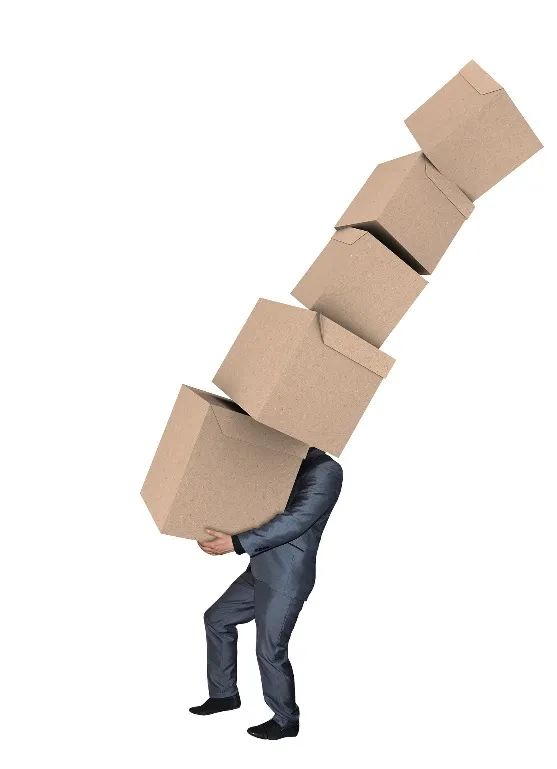
7 packing tips & tricks
You’ve gone through your belongings, set up a packing station, and purchased supplies. Great job! Now it’s time to pack.
Here are 7 moving tricks:
1 - Use the correct boxes
Even if you are on a budget, make sure to purchase specialty boxes. Just one wardrobe box per bedroom will help tremendously. Your clothes will not arrive at your new home wrinkled and you won’t have to worry about packing your hangers.
TV and art boxes are also worth the cost. Don’t chance your expensive art or electronics getting damaged.
Other boxes can be found at your local grocery store. We recommend the produce boxes. You can also find deals on Craigslist, Freecycle, or The Spruce.
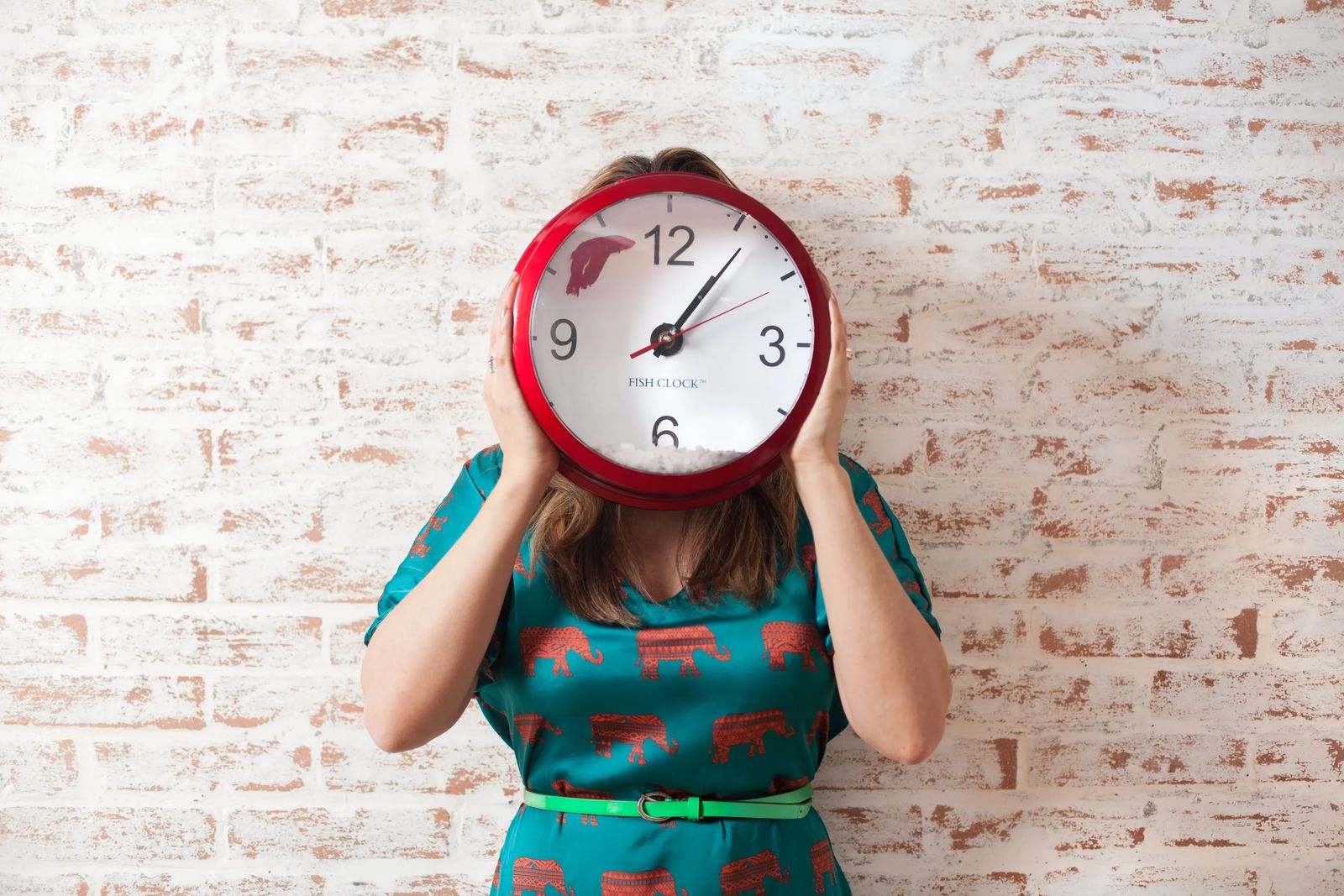
2 - Make Sure to Allow Enough Time
As a rule, allocate one day of packing per room. Double that if you have a lot of belongings or unusual sized things to pack.
Budget 3-5 full days to pack a three-bedroom home. A studio should take 1-2 days. A one-bedroom should take 2-3 days and plan on 5-8 days for a five-bedroom. Of course, it will take less time if you have help!
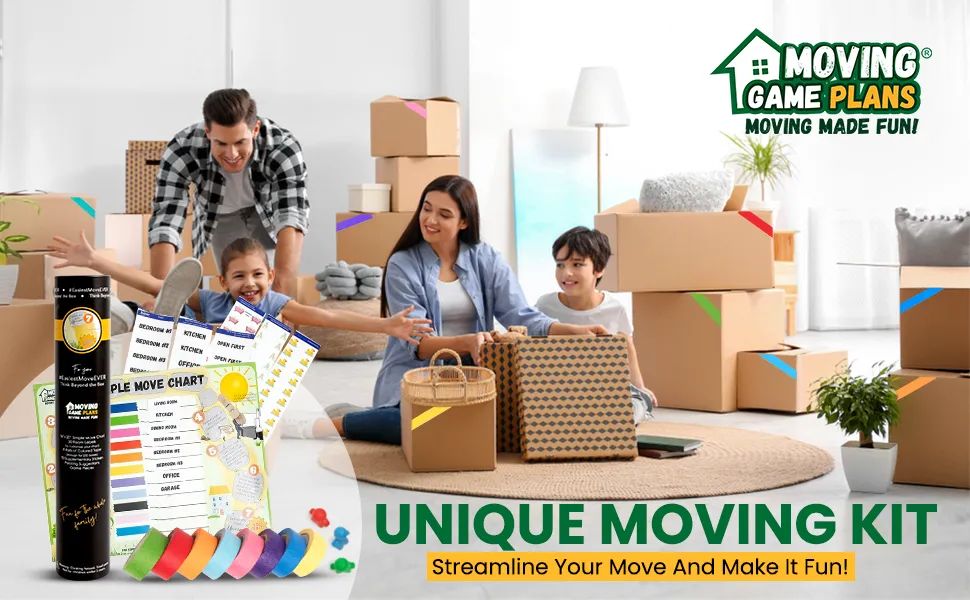
3 - Color-code the Boxes
Instead of writing room names on your boxes, color code them! This will keep you from having to direct your helpers all day long, freeing you up to do other things.
Our Moving Game offers a unique visual system that organizes and simplifies the packing, unloading, and unpacking process, saving you and your move team hours (if not days) of precious time.
4 - Pack One Room at a Time
Begin with the least used room and complete it before moving to the next. This will help you stay organized and focused AND you will feel a great sense of accomplishment when it is done! Wandering from one room to another will waste your precious time.
Your least used room could be your guest bedroom, the attic, garage, or storage closets.
Make sure to put the heavier items on the bottom and don't leave any extra space in the boxes.
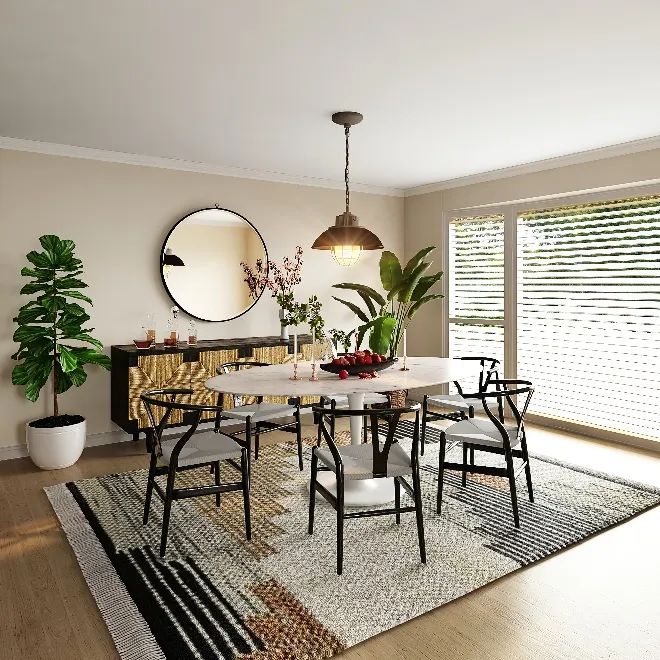
5 - Room by Room Tips
Dining Room
Roll area rugs and put them at the entrance to of the moving truck. This way they can be put on the floor before your dining room table is unpacked at your new home.
It’s best to remove lamp shades and light bulbs prior to packing your lamps. Make sure to wrap them in something soft so they don’t get damaged. Newspaper can scratch so wrap each separately with towels, tissue, or bubble wrap.
If you have valuable art, purchase the right boxes for it. If you are moving statues, mirrors, or large vases it is best to let professional movers pack these. If you are moving yourself, purchase mirror and picture boxes from Home Depot. These will also work with your televisions and other flat screens.
Bathrooms
Bathrooms have lots of liquid products so talk to your movers and see if they will take them. If you are moving yourself, you can put them in plastic tubs or line cardboard boxes with towels or plastic. Garbage bags are good for this, and large sealable bags work well with smaller items like shampoo and liquid soap.
Small items are best in separate containers and jewelry can be put in egg crates so things don't get tangled during the move. Breakable items can be wrapped with towels.
Make sure to leave essentials, such as toothbrushes and soap, out so you can pack them last. Any extra towels should be used to help with the kitchen packing.
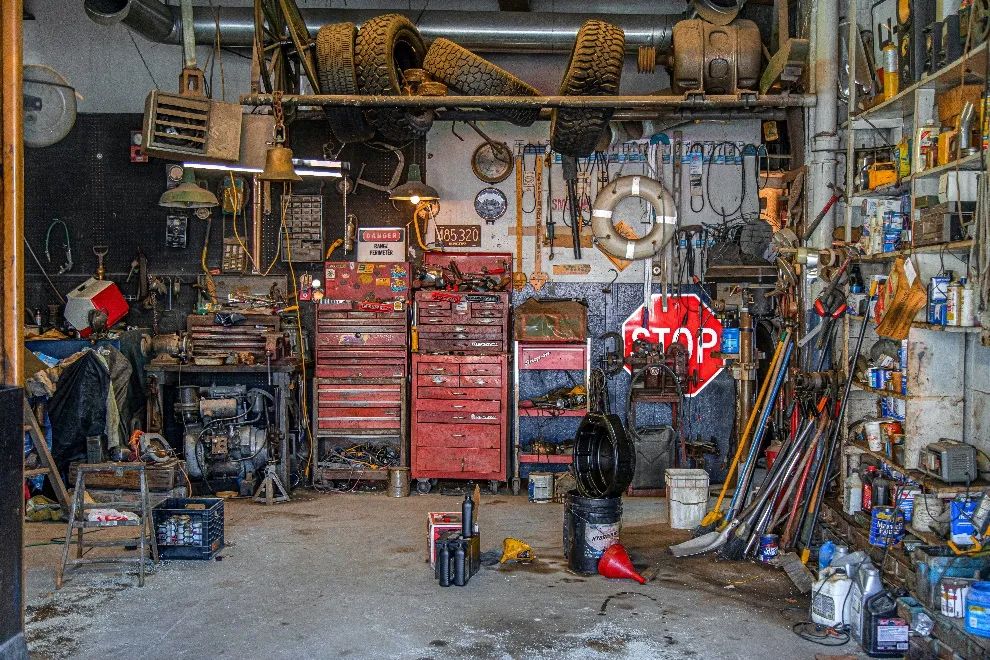
Garage
Packing your garage may be time consuming but it’s easier than you think!
Just like you’ve done inside the house, set up a staging area with all of your packing supplies. Make an area for items that can't go in the moving truck too! It’s also a good idea to have two large boxes set up off to the side: one for trash and one for donations.
Many items in the garage are heavy and oddly shaped. Purchase the right supplies such as heavy-duty boxes and strong tubs and make sure not to overpack them. If a box has one or many heavy items in it, don’t add to it. Fill the top with padding, like old rags or blankets. Also make sure to secure them with plenty of packing tape; not just the bottom and top. Run the tape around the whole box to secure it. The heavier the box, the more tape it needs!
There are several items stored in garages that can’t be moved. Professional movers have strict rules due to heath and safety. For an extensive list, see Move.com
Packing tools and outdoor furniture
Power Tools
- Put them in their original boxes and packaging if you still have them
- Drain any gas or oil that may be inside
- Remove cords and batteries and wrap them separately
- Wrap them in bubble wrap or another sturdy media
Gardening Tools
- Put like-sized tools together and wrap them in towels or blanket with several pieces of strapping tape around them. Anything with a sharp blade, like pruning shears, should be wrapped for everyone’s protection.
Other Tools
- If your toolboxes are’t too heavy, move them while full. Make sure to lock them and, if needed, wrap a few strips of strapping tape around them.
- Make sure to wrap anything sharp, like screw drivers and hammers before putting them in a box. Packing them in plastic bins should help you remember that they need caution when opening.
Outdoor Furniture
- Pack furniture cushions separately. They can go in tubs or strong garbage bags.
- Stack chairs if possible
- Disassemble tables and pack breakable table-tops in moving blankets. Put screws and any other small items in sealable bags. Tape the bags to the table so they don’t get lost.
- Secure all umbrellas with twine or bungie cords and wrap in blankets if possible
- Remove propane tanks and clean grills on your BBQs
Keep a few essentials handy
There is a good chance you will need a hammer or screw gun shortly after arriving at your new home. Consider putting these in your Essentials Box (see Step 6).
If packing your garage feels like too big of a task, call a local moving company and see if they will do it for you.
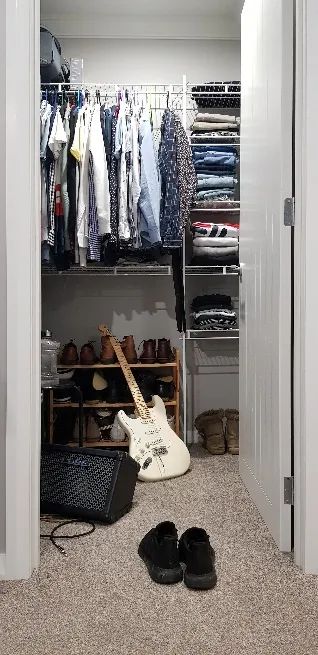
Bedrooms
Suitcases make great boxes for transporting clothing. Additionally, check with your movers to see if it’s ok to leave your dresser drawers full. They generally wrap furniture with moving blankets or stretch wrap and may be ok transporting them full.
If you decide to put clothing in boxes, roll each item to get more in every box. They wrinkle less this way too!
Put mattresses in mattress bags or put a fitted sheet on both the top and bottom. Pillows, stuffed animals, linens, and towels can go in large garbage bags.
Wine boxes are a great way to pack and transport shoes. Egg cartons can be used to keep your jewelry from getting tangled. Any clothing that is on a hanger can be put in a wardrobe box, suitcase, or folded and put in a cardboard box.
See info in our Dining Room packing suggestions for how to safely move lamps and artwork.
Living Room and Office
Using the correct boxes for books and other heavy items is important. If the boxes are too big or too heavy someone may get hurt moving them. U-Haul sells a handy book box.
If you disassemble desks or other furniture, store the hardware in a sealable bag and tape it to the back of the item.
Make sure to back-up your computers and make a list of your electronics. If necessary, take a photo of the back of your computers and TVs so that you have a guide on how to configure them. Wrap them carefully and keep all of the cords in the box with them.
It is best to transport TVs and computers in their original boxes. If you no longer have them, purchase specialty boxes or use a heavy moving blanket when transporting. Keep them upright if possible. Putting them between two mattresses is optimal.
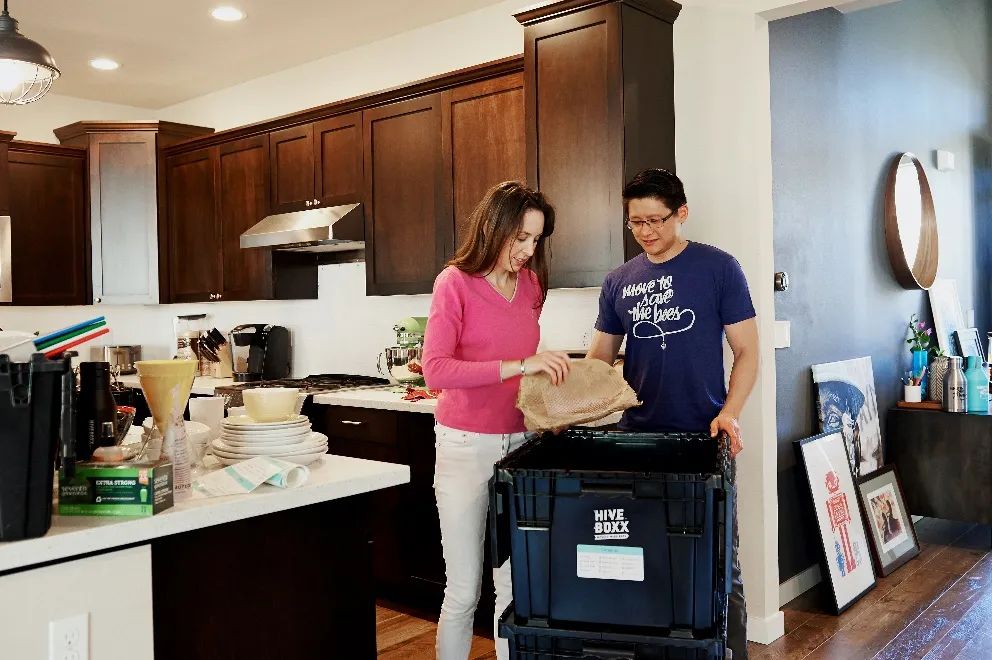
Kitchen
If you have a large kitchen, you may need to budget extra time.
You may also want to use the trick recommended in our Packing a Garage section (set up two boxes: one for garbage and one for donations). Once you get to the back of some cupboards, you may decide that you don’t really want those items!
This is also a good time to donate canned goods to your local food pantry.
Plates, bowls, and glasses
If you are moving a short distance, you may not want to wrap your plates and bowls. Put them in a strong box and transport them in your car. Glasses can be put in wine boxes.
If everything is going in a moving truck these will need to be securely wrapped. Foam pouches are available at Amazon.com and can be used for plates, bowls, glasses, and more.
Small appliances
Laundry baskets are a good way to move small appliances you’ll need right away. Make sure to wrap them to avoid scratching. Transport them in your car so you have your coffee pot available the first morning in your new home!
Pots and pans
Stack pots and pans so they take less room. Put a dish towel or packing paper between them. Wrap any glass lids carefully and put them in a separate box.
If you have empty space in the pots or their boxes use that for spices or other small items.
Miscellaneous
Don’t empty your utensil tray. Just wrap it up and put it in a box.
Pay special attention when packing sharp knives. Roll them together in towels, creating a thick cushion, and secure with strapping tape.
Assuming your movers are ok with it, liquid items can be transported in ice chests, plastic tubs, or boxes with plastic liners on the bottom. If anything gets broken, or spills, cardboard boxes won’t be compromised. Another trick is to remove the lids, place a piece of plastic wrap over the top, and put the lid back on.
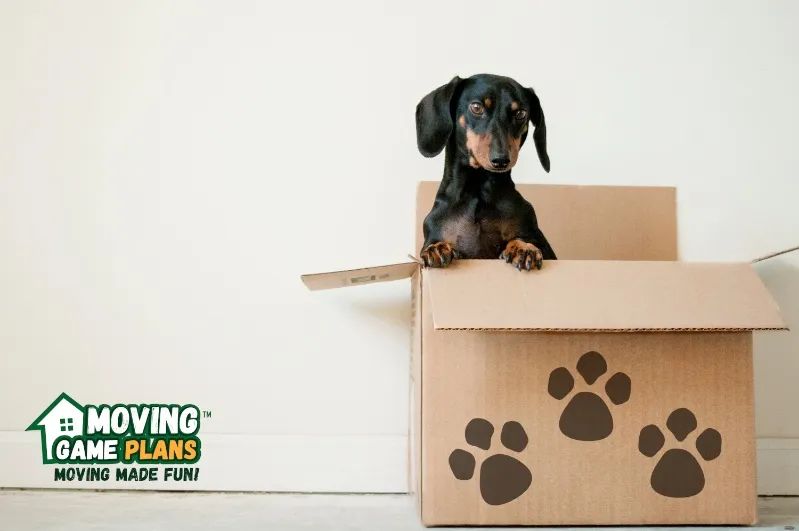
6 - Things to set aside
Create an essentials box. This is the first box you will open, and it should have what you need for your first night and morning in your new home. It should have medications, snacks, toilet paper, paper towels, phone chargers, coffee, and a set of clothes. Make sure to include a first aid kit too!
If you have small children and pets, consider packing their own essentials bag.
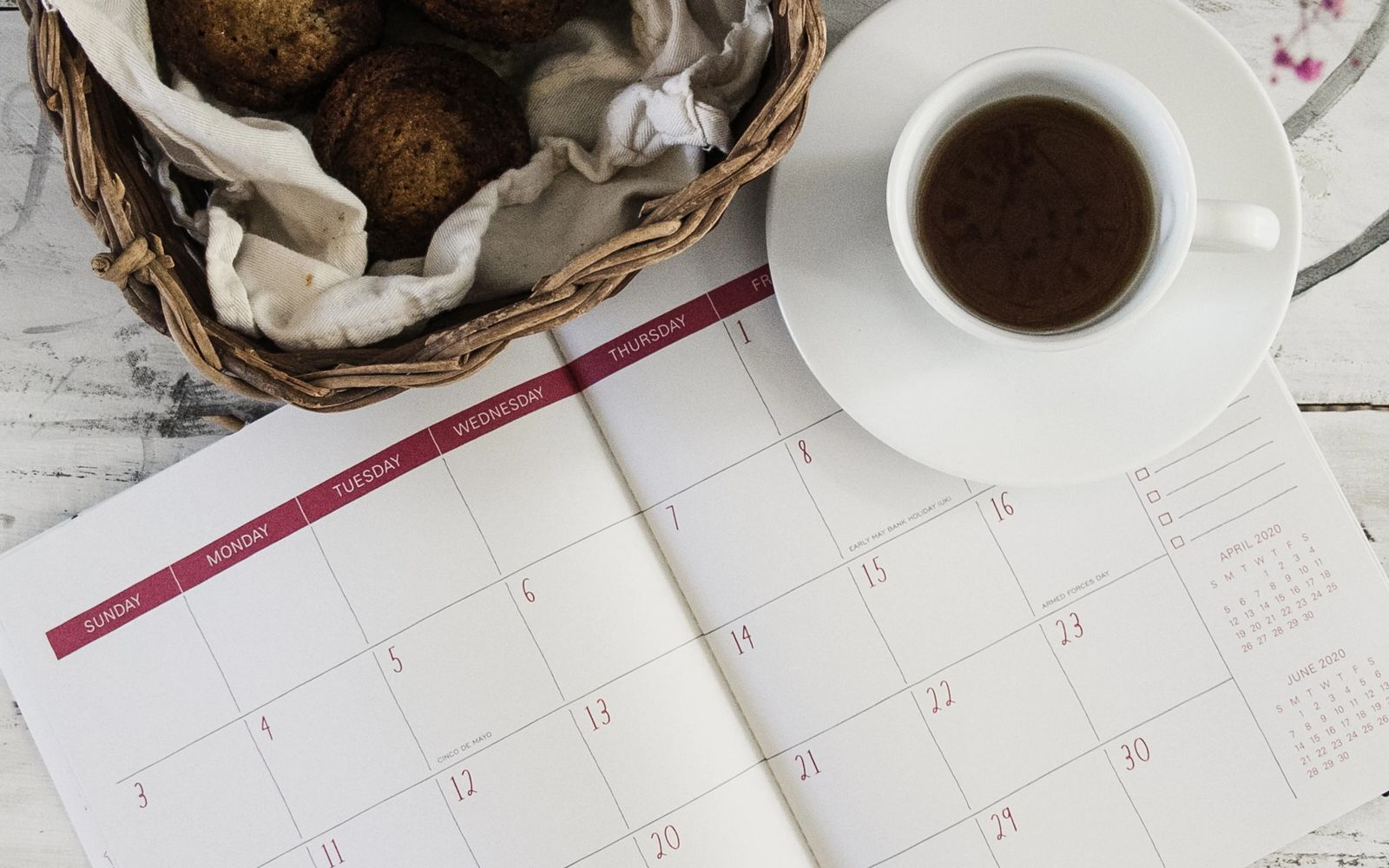
7 - Develop a Moving Timeline
Having a calendar is very helpful. It will help reduce your stress and keep you motivated. You’ll feel less rushed knowing that you are on task.
Break big rooms and projects into small, easy to accomplish tasks. It will keep your spirits up knowing you are accomplishing things!
Stick to the schedule and you'll have everything ready when the moving truck arrives!
